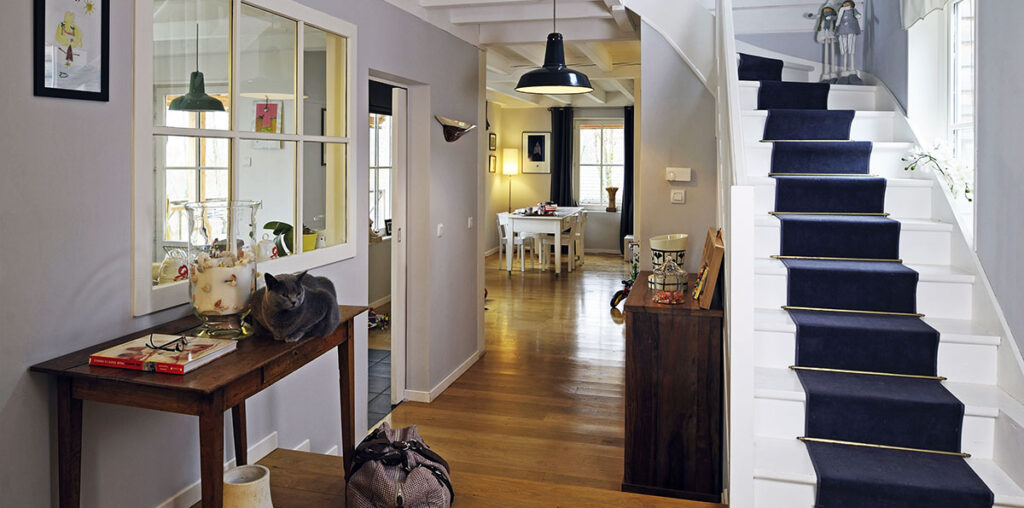Introduction
In the competitive Orange County real estate market, high-quality photography plays a crucial role in attracting buyers. Lighting is one of the most important factors in creating compelling images that showcase a property’s best features. Whether capturing the warm glow of a sunset or ensuring interiors look bright and spacious, mastering lighting techniques can make all the difference. This article explores the best lighting techniques for Orange County real estate photography to help photographers produce stunning and marketable images.
Understanding the Importance of Lighting in Real Estate Photography
Lighting determines the mood, depth, and overall appeal of real estate images. Properly lit photos highlight a home’s architectural details, create a welcoming atmosphere, and ensure images are true to life. Poor lighting, on the other hand, can make a space look dull, small, or uninviting, potentially deterring buyers.
Key Benefits of Proper Lighting
- Enhances the property’s features
- Creates a sense of warmth and spaciousness
- Reduces shadows and harsh contrasts
- Highlights architectural elements
- Ensures color accuracy and natural appeal
Natural vs. Artificial Lighting
Both natural and artificial lighting have their place in real estate photography. Understanding how to use them effectively is key to capturing stunning images.
Natural Lighting
Natural light is often the best option for real estate photography, as it provides a true representation of a space. The right time of day and the position of the sun can make a huge difference in how a property looks.
Best Times for Natural Light Photography
- Golden Hour (Sunrise and Sunset): Offers warm, soft lighting that enhances exterior shots.
- Mid-Morning to Early Afternoon: Ideal for interior shots with bright yet diffused natural light.
- Overcast Days: Provide even lighting, minimizing harsh shadows and glare.
Tips for Maximizing Natural Light
- Open all curtains and blinds to let in as much light as possible.
- Avoid direct sunlight streaming through windows, which can create harsh highlights.
- Use reflectors to bounce light into darker areas.
- Adjust camera settings to compensate for varying light levels.
Artificial Lighting
While natural light is preferred, artificial lighting is essential for consistency and controlling the mood of an image.
Types of Artificial Lighting for Real Estate Photography
- Continuous LED Lights: Provide steady illumination, allowing better control over brightness and shadows.
- Flash Photography: Helps fill in shadows and balance interior and exterior lighting.
- Softboxes and Umbrellas: Diffuse harsh artificial light for a natural look.
Tips for Using Artificial Lighting
- Use multiple light sources to avoid strong shadows.
- Balance artificial light with natural light for a more even exposure.
- Adjust white balance to prevent unnatural color casts.
- Avoid using standard household lighting, which can create a yellow tint.
Advanced Lighting Techniques for Orange County Real Estate Photography
1. HDR Photography (High Dynamic Range)
HDR photography involves taking multiple shots of the same scene at different exposures and merging them in post-processing. This technique is especially useful for balancing bright outdoor light and darker indoor spaces.
How to Use HDR Effectively:
- Capture three to five exposures: underexposed, correctly exposed, and overexposed.
- Use a tripod to ensure consistency between shots.
- Merge images in editing software like Adobe Lightroom or Photomatix.
2. Bracketing and Blending
Similar to HDR, bracketing involves taking multiple shots at varying exposures. However, instead of merging them automatically, photographers manually blend images in editing software for a more natural look.
Best Use Cases:
- Interiors with large windows where light levels vary significantly.
- Twilight shots to capture both warm interior lighting and cool outdoor skies.
3. Flambient Lighting Technique
Flambient (flash + ambient) photography is a combination of flash photography and natural light to create a balanced image.
How to Execute Flambient Photography:
- Take one shot using only ambient light.
- Capture a second shot with a flash bounced off the ceiling or walls.
- Blend both images in post-processing for a natural, well-lit result.
4. Using Reflectors and Diffusers
Reflectors and diffusers help control lighting without introducing artificial sources. Reflectors bounce light into shadowed areas, while diffusers soften harsh sunlight.
Ideal Use Cases:
- Small rooms with limited natural light.
- Outdoor shots where direct sunlight creates strong contrasts.
5. Twilight and Blue Hour Photography
Twilight photography captures the property when interior and exterior lights are on, creating a warm and inviting look. The blue hour (just after sunset) is an excellent time for dramatic, high-end real estate images.
Tips for Stunning Twilight Shots:
- Use a tripod to stabilize long exposures.
- Adjust white balance to maintain natural colors.
- Ensure all interior and exterior lights are on for a balanced glow.
6. Balancing Interior and Exterior Lighting
One of the biggest challenges in real estate photography is capturing both interiors and exteriors without one being too bright or too dark.
Solutions:
- Use HDR or bracketing to merge exposures.
- Apply flash strategically to brighten interior spaces.
- Adjust camera settings to maintain exposure balance.
Post-Processing and Editing Techniques
Even with the best lighting techniques, post-processing is necessary to refine real estate images.
Essential Edits for Lighting Enhancement
- Exposure Adjustment: Correct overexposed or underexposed areas.
- Color Correction: Ensure natural and accurate colors.
- Shadow and Highlight Control: Balance bright and dark areas for a well-lit image.
- Sharpening and Noise Reduction: Improve image clarity without introducing artifacts.
Recommended Editing Software
- Adobe Lightroom
- Adobe Photoshop
- Photomatix (for HDR processing)
- Luminar AI
Conclusion
Lighting is a fundamental element of high-quality real estate photography in Orange County. Whether leveraging natural light, utilizing artificial sources, or applying advanced techniques like HDR and flambient photography, mastering lighting can significantly enhance property images. With the right approach, photographers can create visually compelling listings that attract buyers and set properties apart in a competitive market.
By combining these lighting techniques with effective post-processing, real estate photographers can consistently produce professional, high-impact images that elevate Orange County property listings.

